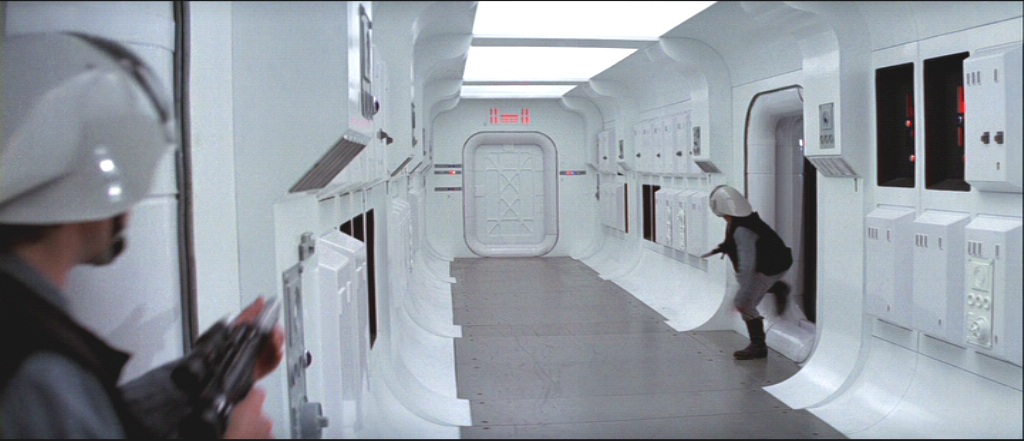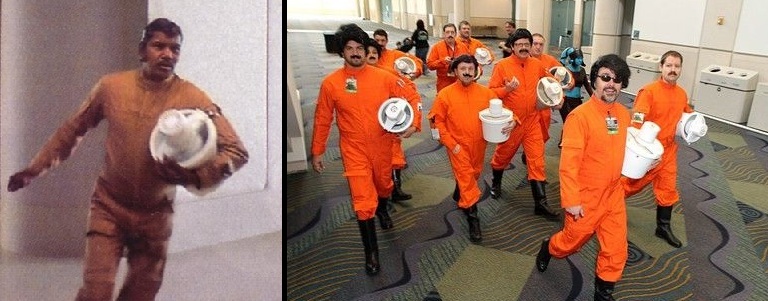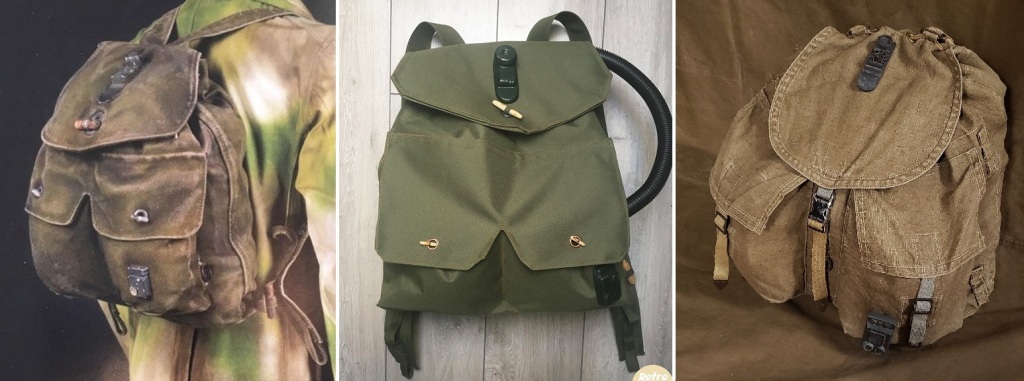As I closed a previous ‘prop philosophy’ post last year I said, “If research and authenticity aren’t kept at the forefront, it is all too easy to fall into the pit of reenactorisms…” However, I realized that while I refer to the concept here from time to time, the term reenactorism may not be well-known to the average reader, so I wanted to use a post to explore what reenactorisms are, their pitfalls, and a few examples from the history of Star Wars.
So: what does the word mean? F.L. Watkins, writing in The Reenactor’s Encyclopedia (2004), describes reenactorisms as practices or items which are “incorrect and have no documentation but are commonly believed to be correct and are widely used”. In other words, it’s when one reenactor copies another reenactor’s mistake—acting under the assumption it is accurate—and thereby perpetuates an inaccuracy. Almost always this is the result of not doing one’s own quality research and assuming others have. A reenactorism is the Costumed Arts version of the ‘telephone’ game, where one person whispers a phrase to their neighbor, who whispers what they (mis)heard down the line, usually mutating the phrase with each iteration and becoming unrecognizable by the end. Whereas those playing the game could easily check if the phrase being passed down is correct by asking the speaker, ‘What did you say?’; in reenacting, we can prevent reenactorisms by asking for evidence or documentation.
For example…quick: what color is a standard Rebel Fleet Trooper’s helmet? If you said ‘White’, consider this:


That’s right, the RFT helmets worn onscreen were actually a very light gray! Why, then, does every outfitter who sells these kits vacform them from bright white plastic?

Another common SW Costuming reenactorism revolves around our old pal, Willrow Hood. For such a cult figure among the fanbase, you would think Ice Cream Maker Guy cosplayers would do a better job of portraying him. Hood is a civilian, not an X-wing pilot, and his jumpsuit is clearly not X-wing Pilot Orange on screen…yet for some reason every member of the Running of the Willrow Hoods seems to think it is. A tan WampaWear flightsuit and a mixture of RIT dyes (I’d start with Tan, Golden Yellow, and just a sprinkle of Orange) would look so much more accurate.
A simple non-visual example of a reenactorism (suggested by a member of the SWLH facebook group) is the over-representation of Jedi and Sith in the costuming community. Circa 32 BBY, the total Jedi in the galaxy numbered “a mere ten thousand” (Episode I Visual Dictionary), and in a Galaxy of over 100 quadrillion beings (Essential Atlas endnotes), that’s less than the proverbial drop in the bucket….maybe less than a water molecule in the bucket! And yet you can’t shake a stick without hitting a Jedi costumer online or at a convention. The simple solution would be for said wannabe Jedi to pick and specify what time period their costume is based in—several prior eras saw Jedi in higher numbers—but that seems to be asking too much of such costumers.

Sometimes, a reenactorism can be justified. Take for example, the rucksacks used on-screen by the Rebel strike team commandos in Episode VI, believed to be a Vietnamese model which no one seems to have been able to reliably identify or obtain in quantity. Due to this, those who want to portray Endor troopers have embraced the Czech Vz 60 backpack (above right), as its top flap/two-pocket construction and natural canvas material are very similar to that of the onscreen example – with the main differences being in the shape of the pockets’ flaps, and their closure with buckles instead of CommBloc wooden toggles. Unfortunately, with no authentic milsurp sources, the only current alternative is the cottage-made offering seen above at center—intended to be closer to the onscreen pack but in need of much refining (it’s fine for a Mark I prototype, but far from Etsy-ready). In a case like this, it can be okay to knowingly commit a reenactorism. (To add insult to injury, the abomination also costs almost 12 times as much as the Czech surplus). The ideal solution, of course, would be for someone with a commitment to screen accuracy to start producing high-quality reproductions, but until then the Czech pack will have to suffice.
As I said last time, just because you see someone on the Internet make something with ‘Star Wars’ in the title doesn’t mean the maker did any serious research or based their work on anything beyond their own off-the-cuff mental images. These kinds of homegrown ideas may be fine for casual cosplay or ‘Batuu bounding’, but doing living history-quality reenacting obliges us to do our best to reflect the setting as closely as possible.
So, how can you prevent reenactorisms? The steps are quite simple:
– Do your own research using reliable sources (go to the source and avoid fan-art).
– Refrain from blindly copying another’s interpretations without asking questions.
– Discuss your research with others and evaluate your sources.
– Draw your own conclusions!
What other examples of common Star Wars reenactorisms you can think of? Leave them in the comments below!
Researching, compiling, and writing this site takes a lot of time and energy. If you’ve enjoyed reading or have learned something from this post, please consider supporting my work with a small donation below! Thank you!
Make a one-time donation
Make a monthly donation
Choose an amount (US dollars only – unfortunately, I cannot currently accept Republic credits 😉
Your contribution is greatly appreciated and will help me continue to keep this blog ad-free!
(Alternately, you can support my work via ko-fi as well.)
Your contribution is greatly appreciated and will help me continue to keep this blog ad-free!
(Alternately, you can support my work via ko-fi as well.)

2 thoughts on “Avoiding the Perils of Reenactorisms!”